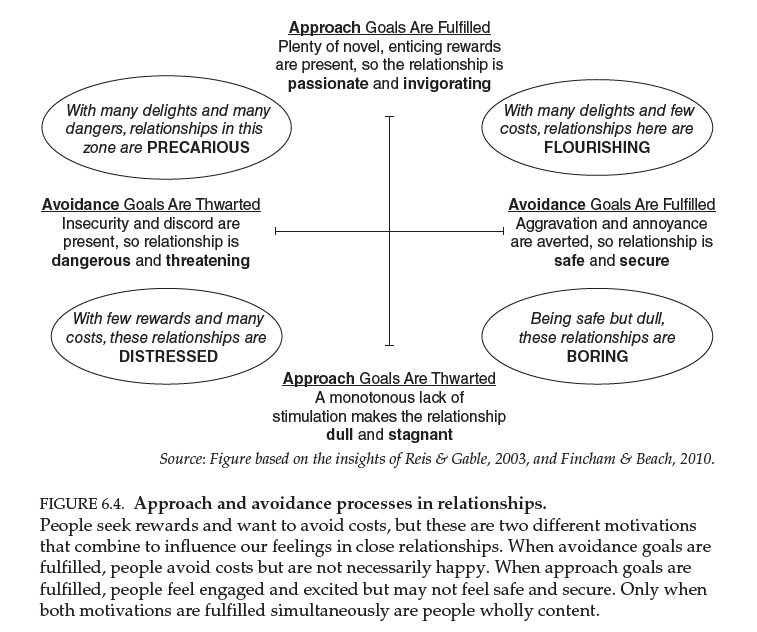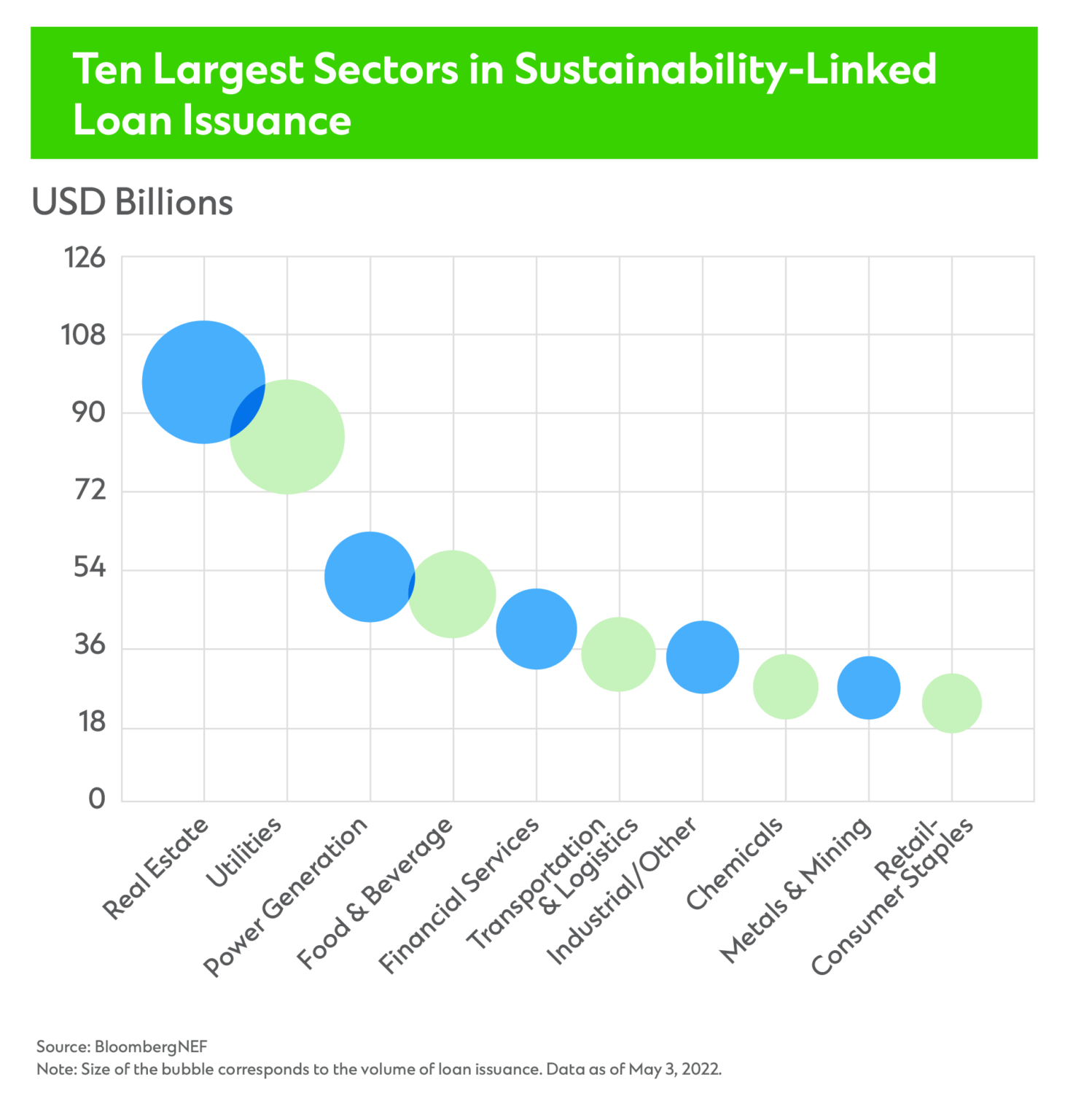Understanding the Differences: What is Subsidized Loan vs Unsubsidized Loan?
#### What is Subsidized Loan vs Unsubsidized Loan?When considering financial aid for education, understanding the nuances of different types of loans is cru……
#### What is Subsidized Loan vs Unsubsidized Loan?
When considering financial aid for education, understanding the nuances of different types of loans is crucial. One of the most common distinctions students encounter is between subsidized and unsubsidized loans. In this article, we will delve into the definitions, differences, and implications of each type of loan, helping you make informed decisions about your educational financing.
#### What is a Subsidized Loan?
A subsidized loan is a type of federal student loan where the government covers the interest while the borrower is in school, during the grace period, and during any deferment periods. This means that the amount you borrow does not increase due to interest accumulation during these times. Subsidized loans are primarily available to undergraduate students who demonstrate financial need, as determined by the FAFSA (Free Application for Federal Student Aid).
The main advantage of subsidized loans is that they provide a more affordable option for students who may be struggling to pay for their education. By not accumulating interest while the student is in school, these loans can significantly reduce the overall cost of borrowing.

#### What is an Unsubsidized Loan?
In contrast, an unsubsidized loan is a federal student loan that does not offer the same interest benefits. With an unsubsidized loan, the borrower is responsible for all interest that accrues from the moment the loan is disbursed, regardless of whether they are in school, in a grace period, or in deferment. This means that the total amount owed can increase significantly over time if the borrower does not make interest payments while in school.
Unsubsidized loans are available to both undergraduate and graduate students, and they do not require the demonstration of financial need. This makes them a more accessible option for many students, but it also means that they can be more expensive in the long run due to the accumulating interest.
#### Key Differences Between Subsidized and Unsubsidized Loans

1. **Interest Accumulation**: The most significant difference is how interest is handled. Subsidized loans do not accrue interest while the borrower is in school, while unsubsidized loans do.
2. **Eligibility**: Subsidized loans are available only to undergraduate students who demonstrate financial need. Unsubsidized loans, on the other hand, are available to both undergraduate and graduate students and do not require financial need.
3. **Loan Limits**: The amount you can borrow through subsidized loans is typically lower than what you can borrow through unsubsidized loans. This is due to the financial need criteria that limit the amount for subsidized loans.
4. **Repayment Terms**: Both types of loans have similar repayment terms, but the total amount owed at the end of the loan term can differ significantly due to the interest accumulation on unsubsidized loans.

#### Conclusion
In summary, understanding the differences between subsidized and unsubsidized loans is essential for students navigating the financial aid landscape. Subsidized loans offer significant benefits for those who qualify, particularly in terms of interest savings. However, unsubsidized loans provide broader access for students who may not meet the financial need criteria.
When considering your options for financing your education, it is important to weigh the pros and cons of each type of loan, considering your financial situation and long-term repayment capabilities. By doing so, you can make a more informed decision that aligns with your educational and financial goals.